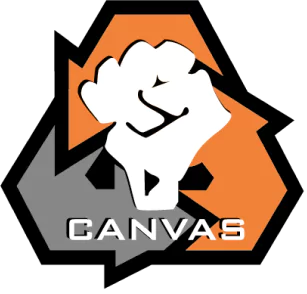Sep 1, 1983-1986
Philippines
People Power Revolution – Overthrow President Marcos; EDSA Revolution; Yellow Revolution (2)
Share
ACTIVISTS/ACT.GROUPS/DESCRIPTION OF THE GROUP
Corazon Aquino; Agapito Aquino, Senator Jose Diokno, Justice for Aquino; Justice for All (JAJA); United Democratic Action Organization; Cardinal Sin
TARGET
Government of the Phillipines; President Ferdinand Marcos
WIDELY HELD BELIEF
Democracy should be restored.
CASE NARRATIVE
Issue and Opponent: Ferdinand Marcos had been president of the Philippines since 1965. After being reelected in 1969, Marcos wanted to run for a third term but was barred from doing so. In response, he declared martial law and gave himself nearly absolute power. From 1973 on, he seized full control of the military, dissolved Congress, and arrested any political opponents/critics. One of his more prominent critics was Benigno Aquino, a senator at the time. Aquino was arrested and imprisoned in 1972 under Marcos’ orders. Aquino would spend 7 years in prison before developing a heart condition. Marcos wanted to condemn him to death and refuse treatment but the US stepped in and demanded he be given proper treatment. He was transported to the US and stayed for 3 years before returning to the Philippines to nonviolently overthrow Marcos and his government. On August 21, 1983, Aquino was immediately shot and killed by police officers outside the jet he flew in on. The news of Benigno Aquino’s death inspired demonstrations, as thousands were distraught over the death of a man who intended to bring independence back to the Philippines. Dilemma Action: Shortly after hearing of Aquino’s death, the public assembled to march in solidarity with Aquino’s family and also against Marcos and his dictatorial government. Aquino’s mother had decided to leave Benigno’s body where it lay, unaltered, so Filipinos from all over could come and pay their respects. Within days, thousands of supporters gathered at a park and protested. They made the symbol “L” with their hands as they demonstrated, which stood for Benigno’s party Laban. They chanted and held banners that read, “Justice for All Victims of Political Repression and Military Terrorism!” Yellow soon became the color of this movement, and the people loved to use it theatrically as building employees would drop tons of yellow confetti onto the streets weekly. As Marcos continued to gain public disapproval, the economy began to suffer, causing professional business leaders to join the movement against him. A key organizer (who was once imprisoned by Marcos), Senator Jose Diokno, started the activist organization Justice for Aquino/Justice for All (JAJA). This organization worked closely with Aquino’s wife, Corazon. Together, they regularly marched and demonstrated, gathering thousands of supporters together at a time. When Corazon ran for president against Marcos in February of 1986 and allegedly “lost the election,” 1.5 million supporters answered Corazon’s call to attend the “Triumph of the People Rally.” During this time, Filipinos boycotted businesses connected to and in support of Marcos. Cardinal Sin asked people to come and support the revolution via Radio Veritas. Hundreds of religious people came in masses and formed a human barrier around the soldiers to stop any violent conflict from arising. Outcome: On February 24, Corazon and her supporters convinced Parliament to declare her President and revoke the result of the corrupt election. On February 25, Benigno Aquino’s mother swore Corazon in as President. Marcos fled the country, and the people proved successful in their call for power and takedown of a repressive leader.
PRIMARY STRUGGLE/GOAL
NONVIOLENT TACTICS USED
DA TACTICS USED
Stalling and obstruction
CASE NARRATIVE WRITER
SUCCESS METRICS
11 / 12
(CONC) Concessions were made
(EREP) Dilemma action got replicated by other movements
(MC) Media Coverage
(MSYMP) Media coverage was sympathetic to the activists
(OR) Opponent response
(PS) Dilemma action built sympathy with the public
(PUN) Punishment favored the activists
(REFR) Dilemma action reframed the narrative of the opponent
(RF) Dilemma action reduced fear and/or apathy among the activists
(SA) Dilemma action appealed to a broad segment of the public
Artivism
PART OF A LARGER CAMPAIGN
3 / 3
Activist group continued working together after the action
Encouraged more participants to join the movement
Internally replicated by the same movement
RESOURCES
Project documentation
Dilemma Actions Coding Guidebook
Case study documentation
Dilemma_Actions_Analysis_Dataset
SOURCES
Mercado, Monina A, &Francisco S Tatad. 1986. “The Philippine Revolution of 1986 : an Eyewitness History,” Reuter, S.J., Foundation. Retrieved July 20, 2023.
Ackerman, Peter & Duvall, Jack. 2001. “A Force More Powerful: A Century of Non-Violent Conflict,” Retrieved July 20, 2023.
https://www.bbc.com/news/world-asia-pacific02567320. Accessed April 15, 2022.
Memory of the World Register. 2003. “Radio Broadcasr of the Philippine Peope Power Revolution,” Retrieved July 20, 2023. (https://web.archive.org/web/20150824190648/http://www.unesco.org/new/en/communication-and-information/flagship-project-activities/memory-of-the-world/register/full-list-of-registered-heritage/registered-heritage-page-7/radio-broadcast-of-the-philippine-people-power-revolution/).
Alicea, Julio. 2011. “Filipinos campaign to overthrow dictator (People Power), 1983-1986,” Global Nonviolent Action Database. Retrieved July 20, 2023. (https://nvdatabase.swarthmore.edu/content/filipinos-campaign-overthrow-dictator-people-power-1983-1986).
Phalen, Anthony. 2010. “Nonviolent intervention in Philippines during military clash, 1986,” Global Nonviolent Action Database. Retrieved July 20, 2023. (https://nvdatabase.swarthmore.edu/content/nonviolent-intervention-philippines-during-military-clash-1986).
Komenich, Kim. 2014. “Philippine ‘People Power’ Revolution Revisited,” Visual Communication Quarterly 21, November 20. Retrieved July 20, 2023. (https://www.tandfonline.com/doi/abs/10.1080/15551393.2014.975019).
Mercado, Monina A., & Tatad, Francisco S. 1986. “People Power : the Philippine Revolution of 1986, an Eyewitness History,” Reuter, S.J., Foundation. Retrieved July 20, 2023.
Fukuoka, Yuki. 2015. “Who Brought down the Dictator? A Critical Reassessment of so-Called ‘People Power’ Revolutions in the Philippines and Indonesia.” Pacific Review. Retrieved July 20, 2023.
Astorga, Christina A. 2006. “Culture, Religion, and Moral Vision : A Theological Discourse on the Filipino People Power Revolution of 1986,” Theological Studies. Retrieved July 20, 2023.
George, Cherian. 2016. “Remembering the Philippines’ People Power Revolution.” Media Asia. Retrieved July 20, 2023.
Abinales, P. 2018. “The Revolution Falters: The Left in Philippine Politics After 1986,” Cornell University Press. Retrieved July 20, 2023.
Related cases
Feb 1, 2018-2018
Brazil
Brazil’s economic growth in recent decades has left sharp economic disparities to grow between the rich and poor. Brazil’s shopping centers, located in higher-income a...
/
Jun 26, 1952-1952
South Africa
The protestors during the First Defiance Campaign wanted to abolish the Pass Laws, Population Registration Act, Suppression of Communism Act, Group Areas Act, Bantu Au...
/
Nov 1, 2015-2015
United States of America
The US Army used to manufacture biological and chemical weapons in Fredrick, Maryland. However, when President Nixon outlawed biological weapons, the Army dumped them ...
/
Subscribe to our newsletters to get full access to all materials on our website.

